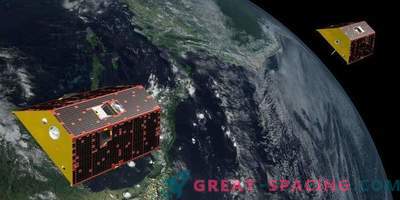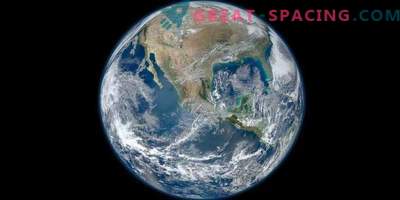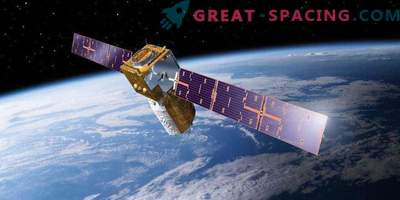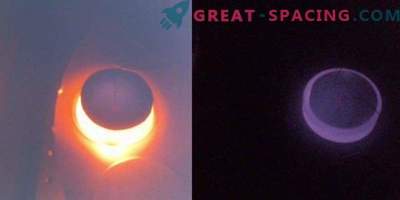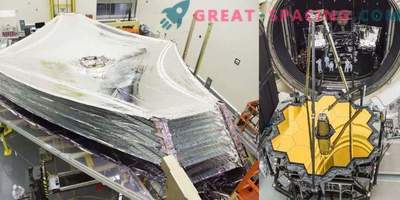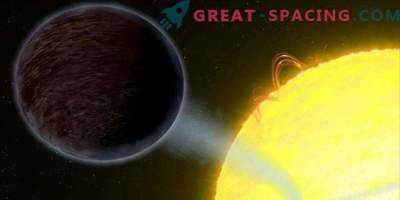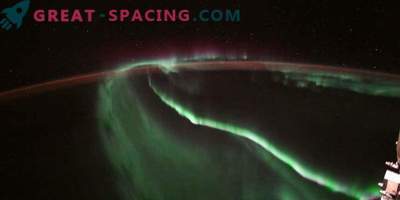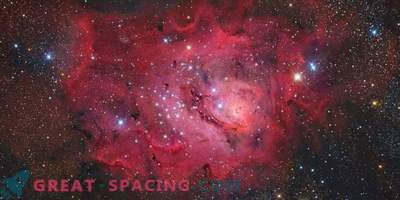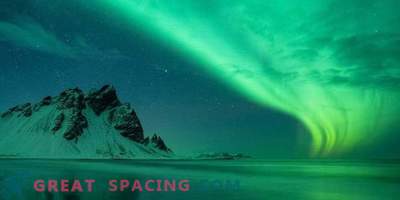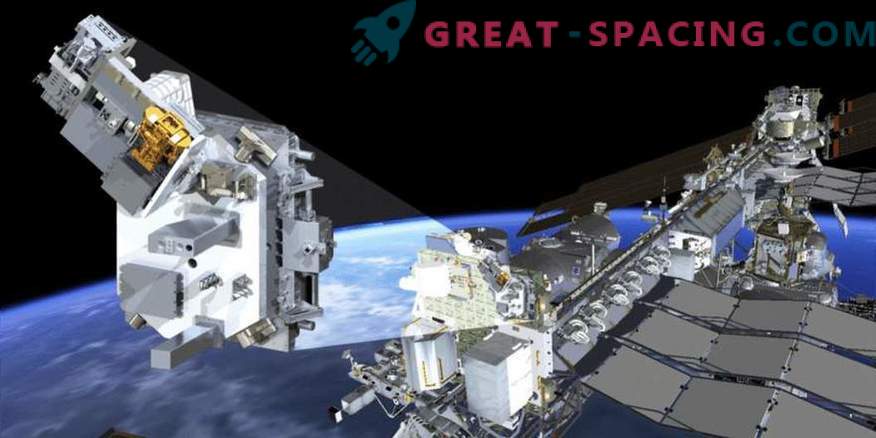
NASA installed the latest space payload to continue long-term measurements of incoming solar energy. The common and spectral solar emitter (TSIS-1) installed on the ISS will become fully functional.
TSIS-1 will continue to gather information that will allow us to understand the solar impact on the Earth’s radiation situation, the ozone layer, the atmospheric circulation and the ecosystem. It can also determine how solar variability affects the terrestrial system and climate change.
On December 15, 2017, the instrument was launched from the space complex of 40 Cape Cape Canaveral Air Force (Florida). For this, a SpaceX Falcon 9 rocket was used. After 2 weeks, TSIS-1 was removed from the Dragon capsule and integrated into a permanent place in the station.
Testing took another 2 months. Engineers needed to test the navigation platform. Then followed tests for solar appliances. TSIS-1 studies the total amount of light energy emitted by the Sun using Total Irradiance Monitor (one of two sensors on board). This data provides a better understanding of the primary energy supply of the planet and provides information for improving climate models. The first data was collected on January 11th. The sensor has become a new stage in the 40-year process of measuring the flow of solar energy to the planet.
Spectral Irradiance Monitor (second sensor) is measuring how solar energy is distributed over the UV, visible and IR regions of light. These measurements are important, because each wavelength interacts with the earth's atmosphere in different ways. For example, spectral measurements of UV radiation affect the understanding of the ozone layer. For the first time, the sensor tuned in to light on March 4. This monitor continues the 15-year tradition of recording spectral measurements of illuminance.
For the development and operation of the instrument on the ISS over the next 5 years, representatives of the Center for Space Flight. Goddard NASA.


